Researchers develop a highly effective DNA vaccine based on oscillating plasmonic gold nanoparticles for protection against the hepatitis C virus.
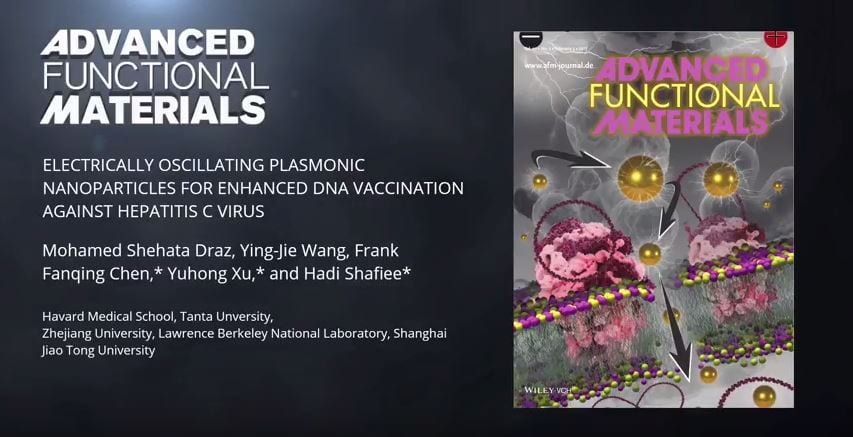

Researchers develop a highly effective DNA vaccine based on oscillating plasmonic gold nanoparticles for protection against the hepatitis C virus.
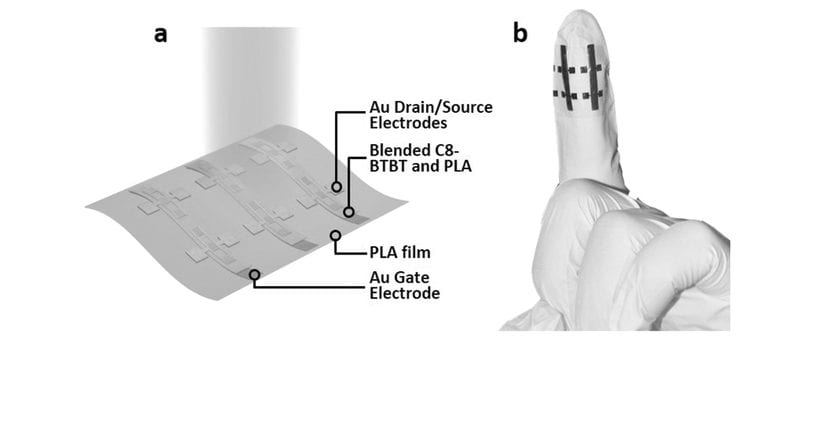
Printable and flexible organic phototransistors with high performance by blending common organic semiconductors with biocompatible polymers.
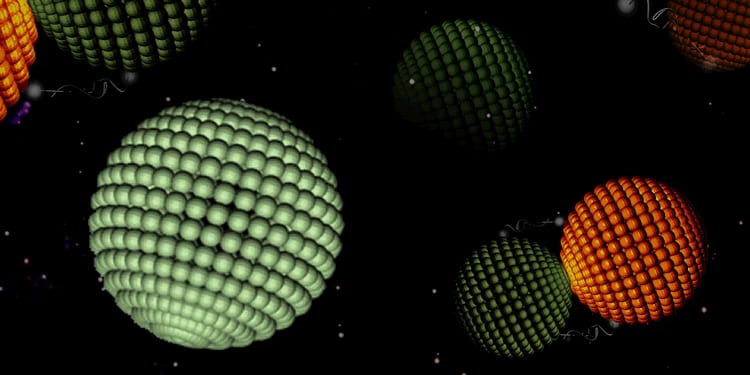
Porous liposomes can provide a suitable environment for controlled nanoreactions admitting molecules of a specific size only.

Biological inspired proton transfer is investigated in a recent publication in Advanced Functional Materials.

CRISPR is a newly developed, but rapidly advancing, genome editing technique that has advanced the nuclear imaging field by providing a means to fluorescently label a dead Cas9 protein fused with green fluorescent protein (dCas9-GFP), allowing scientists to microscopically track where certain proteins bind to the DNA.
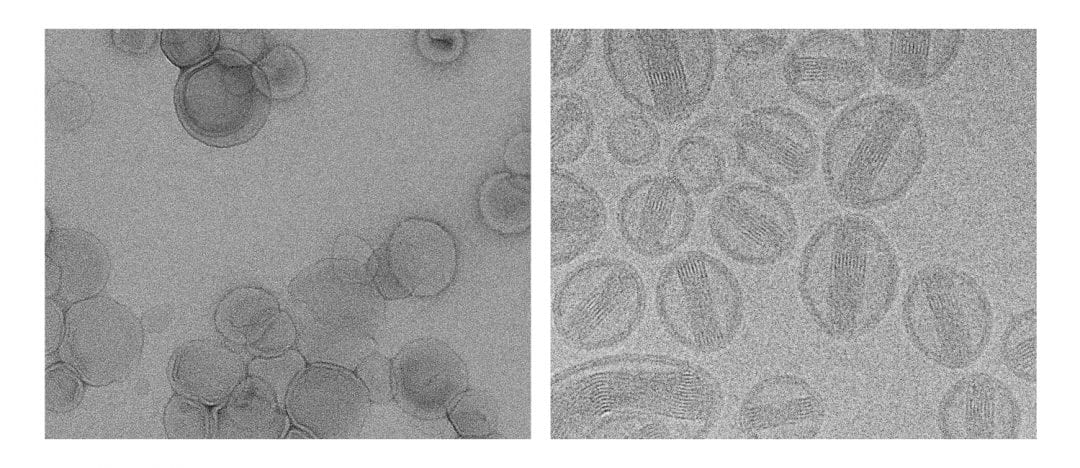
Franken et al. present a guideline on how to apply the three most frequently used sample preparation techniques for TEM of soft matter.

Carbon-coated paper affixed to expanded polystyrene foam can be used to address the global freshwater shortage.
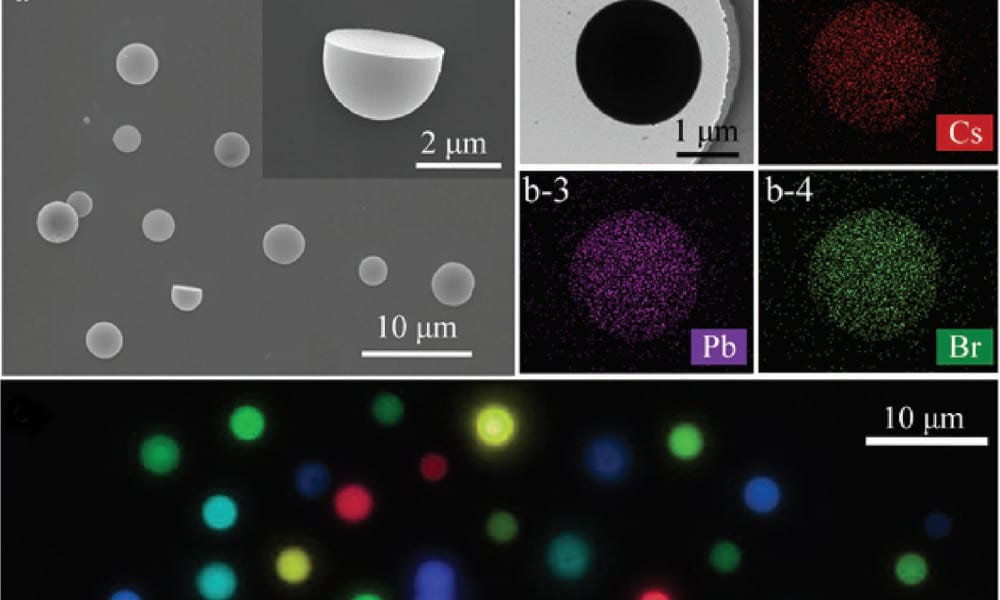
A bright future ahead for bioimaging and optoelectronics, as researchers demonstrate enhanced stability of perovskite nanocrystals by incorporation into polymer matrix microhemispheres.

The properties and use of thermo-responsive hydrogels in bioprinting are discussed in a recent review by R. Suntornnond et. al.

Organic field-effect transistors (OFETs) use voltage to control the flow of current in an electronic circuit. The channel connecting the source and drain is, in this case, made of an organic semiconductor. Improvements in performance of OFETs, in particular their...